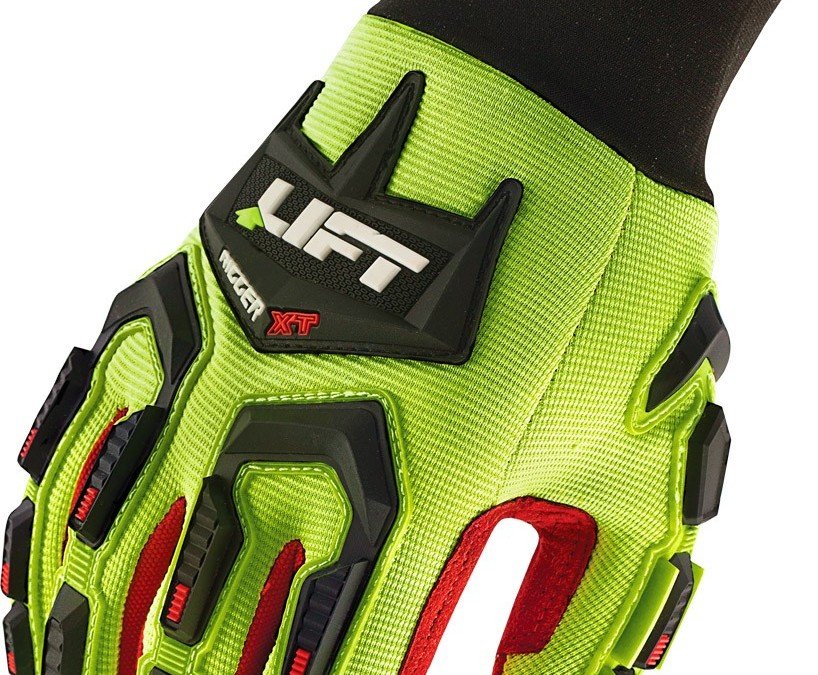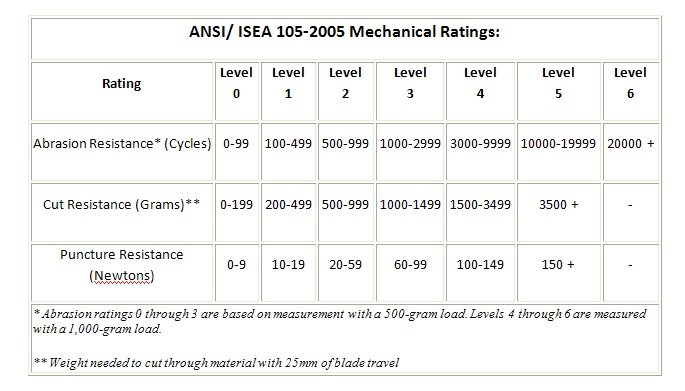OSHA 1910.138(a) requires employers to provide “appropriate hand protection when employees’ hands are exposed to hazards” such as severe cuts, abrasions, burns and harmful temperature extremes.
Consider the cost of not providing proper hand protection…
In the United States, data from the Bureau of Labor Statistics and several trade associations showed that the annual cost of hand injuries in the road-construction sector was $48 million more than the cost of equipping all 574,000 workers in the industry with protective gloves, according to a 2008 article in EHS Today.
Much of industry remains in lean times and budgets are tight, but the timing is very good for re-evaluating your hand safety program:
- Have the work hazards changed?
- Has employee risk exposure increased?
- Do your job roles require the use of more than one glove type to perform duties on a daily basis?
- Has the overall competency of your workforce declined or improved (think loss of experience to retirement)?
Many companies are voluntarily adopting more stringent minimum protection standards across the industry as hand injuries are on the rise due to many new, younger and inexperienced workers entering the workforce. Fortunately glove manufacturers have responded by combining more protective technologies into a single glove product: impact, cut, puncture, abrasion, chemical and thermal resistance. Pricing has also become more competitive as well. Here is some information that may be useful when re-evaluating your hand protection program and establishing standards that maximize protection against site-specific hazards.
All glove manufacturers have ratings for their gloves. There are two major types of testing for gloves, ANSI and CE388. This week we will discuss the American National Standard Institute (A.N.S.I.) /ISEA standards for gloves. The ANSI standard tests cut, puncture, and abrasion resistance.
Cut Resistance:
ANSI tests gloves for their cut resistance by measuring the distance of a straight edge razor blade travel across the specimen until the material fails. There are five classifications with five being the highest. The weight needed for the material to fail during the test determines the rating.
Puncture Resistance:
ANSI and CE388 tests gloves for their puncture resistance the same way. Puncture resistance is tested by a steel stylus that resembles a nail, being forced into the material. The force applied in order for the material to fail determines the rating. There are five classifications with five being the highest.
Puncture Resistance:
ANSI tests abrasion resistance by the glove material being placed on a turntable and then rotated under weighted abrasive wheels. There are six levels of classification with six being the highest. The abrasion level is measured by mass loss in grams.
(https://nationalsafety.files.wordpress.com/2008/11/chart.jpg)
These are not the only hazard protection ratings to consider when choosing a glove. Other important protection categories include: extreme temperatures (cold or hot), fire and impact protection, and chemical resistance. Key Safety has experience in facilitating professional hand protection program evaluations and employee wear trials. Allow us to scope your work hazards, conduct a cost vs. value analysis, present improvement options and perform a wear trial. Contact Key Safety and speak to a representative today to help choose the proper glove for you and your employees.
We strive to bring a consultative approach to a commodity PPE market. Click here to learn how we’ve helped other clients.






